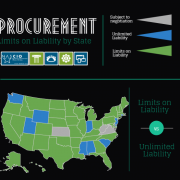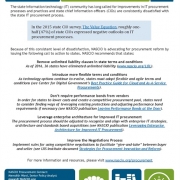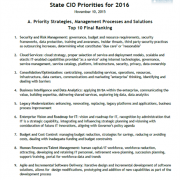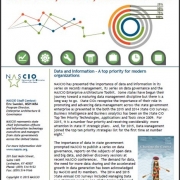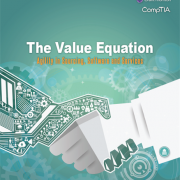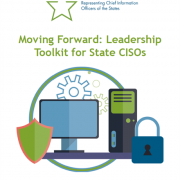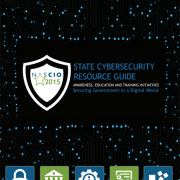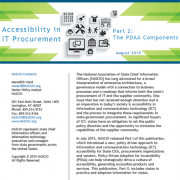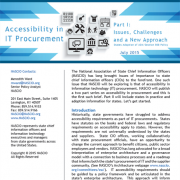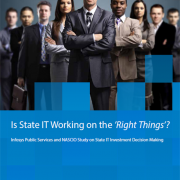NASCIO, Grant Thornton LLP and CompTIA have collaborated for a sixth consecutive year to survey state government IT leaders on current issues, trends and perspectives. The survey sponsors seek to provide these state government IT leaders with an opportunity to voice their thoughts and opinions on matters of high importance. Governors, legislatures and business leaders can benefit from these knowledgeable insights about essential state IT services. As highlighted in the survey results, the state IT and business landscape continues to change, reflecting both emerging approaches to delivering IT products and services, and also the faster paced, more complex environment faced by state CIOs. We asked state CIOs to share their perspective on a number of topics, with a particular focus on the emerging role of the CIO as a broker of shared services, and on the use of incremental software development approaches to accelerate the delivery of value to customers. These topics share a common theme – customer expectations continue to rise, and state CIOs must be agile enough to adapt to changing circumstances and to rapidly deliver business value. State CIOs also shared their thoughts on the leadership attributes they perceive as most valuable for a state CIO, and which dimensions of the role were most critical for success. Cybersecurity , cloud services, mobility, broadband and IT procurement represent other high priority topics covered in the survey report.
Download
Interactive e-version
Downloadable Survey Charts

